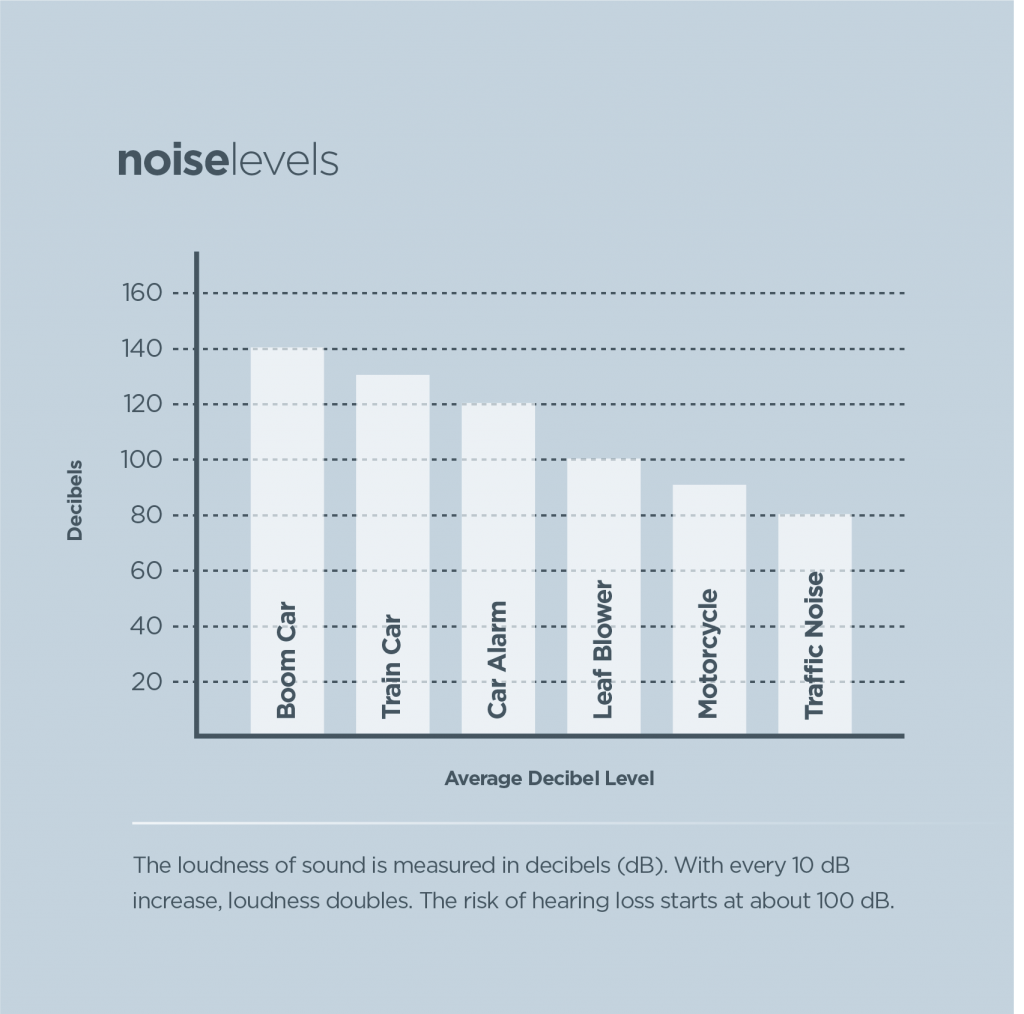One Of The Most Reliable Pressure Cleaning Practices For Every Surface Area Category
One Of The Most Reliable Pressure Cleaning Practices For Every Surface Area Category
Blog Article
Developed By-Sahl McGinnis
When it comes to press washing, the technique you pick can make all the difference in achieving a clean, streak-free finish. You could discover that tough surfaces, like concrete, require a various approach than softer products, such as timber or vinyl. It's vital to adjust your methods to the surface type to stop damages while taking full advantage of cleaning performance. So, what are the most effective strategies for each and every surface, and exactly how can you ensure you're utilizing the ideal settings and devices for the task? Allow's discover what you need to know to get the best outcomes.
Difficult Surfaces
When it involves push cleaning difficult surface areas, prep work is vital. Before you also think of pulling out the stress washing machine, take the time to get rid of the location of any particles, furniture, or challenges. You do not desire anything entering your method or potentially damaging your devices.
Next, inspect the surface for any fractures or damage; this will certainly help you establish the right method and pressure setups.
When you've prepared the area, it's essential to choose the ideal nozzle. For difficult surface areas like concrete or block, a narrow nozzle (15 or 25 degrees) works best to offer a concentrated stream of water that can properly remove crud and spots. Always start at a distance and progressively relocate closer to avoid any kind of surface damages.
As you begin washing, keep the stick transferring to avoid touches and over-saturation. It's likewise helpful to work from the top down, allowing dust and particles to get rid of normally.
Ultimately, remember to rinse the surface thoroughly after cleaning up to get rid of any type of leftover detergent. With these techniques, you'll accomplish a tidy and refreshed look on all your tough surfaces.
Soft Surfaces
Stress cleaning soft surface areas needs a gentler method to protect them from damages. Whether you're cleansing your deck, outdoor patio furniture, or home siding, utilizing too much stress can result in damages, scrapes, and even permanent damage.
Start by picking a low-pressure nozzle, preferably a 25-degree or broader spray pattern, to distribute the water more delicately.
Before you start, it's critical to pre-treat any type of stains with a suitable cleaning option. This step allows the cleaner to penetrate the dirt and grime, making it much easier to wash away without rubbing also hard.
Constantly use the option from the bottom as much as stop spotting.
When you begin stress washing, keep a distance of at the very least 12 to 18 inches from the surface area. Move your stick in a sweeping activity, maintaining it alongside the surface area to prevent focused stress on one place.
Rinse https://www.nytimes.com/wirecutter/guides/how-to-clean-baking-sheets/ after cleaning up to get rid of any type of recurring cleaner.
Lastly, examine the surface area for any missed out on spots and duplicate the procedure if necessary. By following these actions, you can effectively tidy soft surfaces while protecting their stability and appearance.
Specialty Surfaces
Cleaning up soft surfaces needs care, yet specialty surface areas require a lot more focus to detail. When you tackle these surfaces, like delicate wood, tarnished concrete, or particular kinds of exterior siding, making use of the appropriate stress cleaning methods is important to stay clear of damages.
First, evaluate the product. For example, dealt with wood can usually hold up against moderate pressure, however softer woods like cedar might need a lower setup. Always start with the most affordable pressure and gradually enhance if necessary.
For discolored concrete, use a fan spray nozzle and maintain a constant distance to stop etching the surface area.
When dealing with surface areas like plastic siding or painted surface areas, a broad spray pattern aids disperse the stress evenly, safeguarding the finish.
It's also a good idea to utilize cleaning agents especially created for specialty surfaces. They can boost cleaning without jeopardizing the product.
Wash extensively after cleaning to remove any kind of deposit, as it can bring about staining or wear and tear in time.
window washing residential , mastering pressure cleaning techniques for different surfaces can make all the distinction in your cleansing results. For tough surface areas, stick to slim nozzles and a top-to-bottom method, while soft surface areas need a gentler touch with wider nozzles. Do not forget to pre-treat spots and rinse thoroughly to prevent deposit. By adjusting your approaches to each material, you'll not just achieve a cleaner surface yet additionally shield the stability of your surfaces. Satisfied cleansing!
